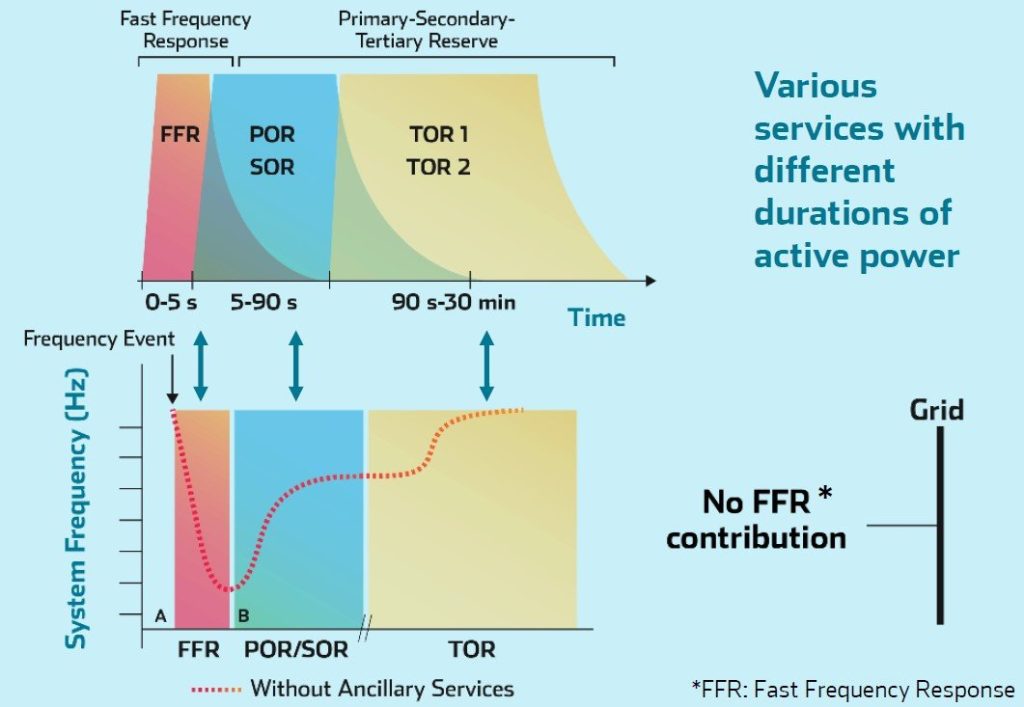Hearing aid
Hearing aid, device that increases the loudness of sounds in the ear of the wearer. The earliest aid was the ear trumpet, characterized by a large mouth at one end for collecting the sound energy from a large area and a gradually tapering tube to a narrow orifice for insertion in the ear. Modern hearing aids are electronic. Principal components are a microphone that converts sound into a varying electrical current, an amplifier that amplifies this current, and an earphone that converts the amplified current into a sound of greater intensity than the original.

hearing aidHearing aid.
Hearing aids have widely differing characteristics; requirements for suitable aids have been extensively investigated. The two characteristics of a hearing aid that most influence the understanding of speech are the amplification of the various components of speech sounds and the loudness with which the sounds are heard by the wearer. As regards the first characteristic, speech sounds contain many components of different frequencies, which are variously amplified by a hearing aid. The variation of amplification with frequency is called the frequency response of the aid. An aid need amplify sounds only within the range of 400 to 4,000 hertz, although the components of speech cover a much wider range. With regard to the second characteristic—the loudness with which sounds are heard—too loud a sound can be as difficult to understand as one that is too faint. The loudness range over which speech is understood best is wide for some users and narrow for others. Hearing aids with automatic volume control vary the amplification of the aid automatically with variations of the input.

Man wearing an in-the-ear hearing aid, which fits completely inside the outer ear.
Most modern hearing aids use digital signal processing, in which electronic circuits convert analog signals to digital signals that can be manipulated and converted back to analog signals for output. Digital hearing aids are highly flexible with regard to programming, allowing users to match sound amplification to fit their needs. Because of their flexibility in programming, digital hearing aids have largely replaced analog aids, which amplified all sounds in the same way and were limited in programmability.

Woman wearing a behind-the-ear hearing aid.
Early electronic hearing aids were quite large, but when transistors replaced amplifier tubes and smaller magnetic microphones became available in the 1950s, it became possible to build very small hearing aids, some of which were constructed to fit within the frames of eyeglasses and, later, behind the earlobe or within the external ear. Today multiple styles of hearing aids are available, including body aids, behind-the-ear (BTE) aids, mini-BTE aids, in-the-ear (ITE) aids, in-the-canal (ITC) aids, and completely-in-the-canal (CIC) aids.
A binaural hearing aid consists of two separate aids, one for each ear. Such an arrangement can benefit certain users.


